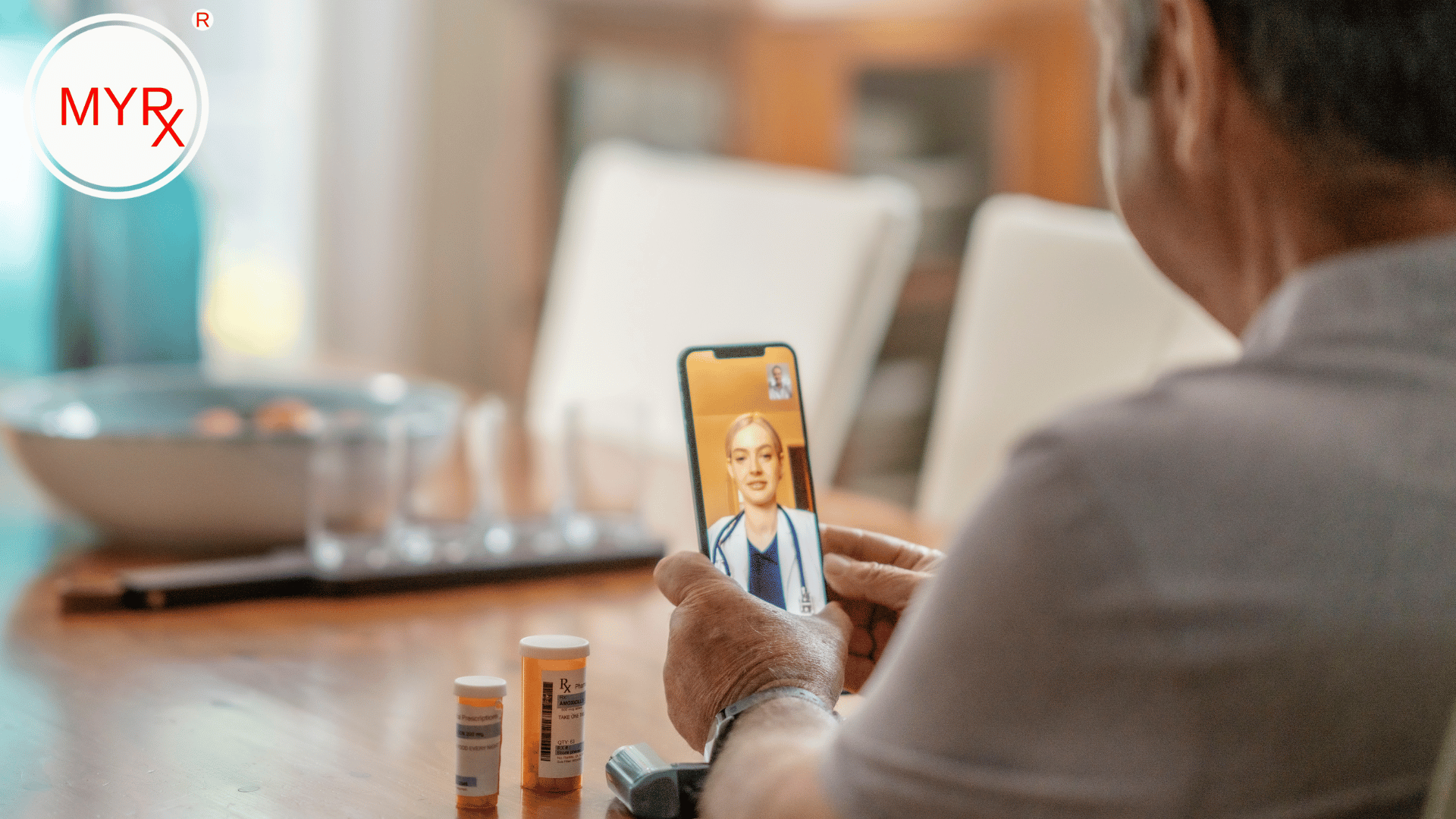
Telemedicine and Mental Health: Bridging the Gap in Remote Care
Introduction
Mental health is a crucial aspect of overall well-being, and access to mental health services is essential for individuals facing emotional and psychological challenges. Telemedicine has emerged as a powerful tool in bridging the gap in remote mental health care, providing convenient and effective solutions. This article explores the intersection of telemedicine and mental health, highlighting how virtual care is revolutionizing access to mental health services.
Overcoming Barriers to Access:
Discuss how telemedicine eliminates barriers to accessing mental health services. Explore how virtual consultations break down geographical constraints, allowing individuals in remote or underserved areas to connect with mental health professionals who may not be locally available. Emphasize how telemedicine improves access for those facing transportation challenges or stigma associated with seeking in-person mental health care.
Increasing Availability and Timeliness of Care:
Highlight how telemedicine increases the availability and timeliness of mental health care. Discuss the potential for virtual appointments, which offer flexibility and eliminate long wait times. Explore how virtual care facilitates prompt access to mental health professionals, ensuring timely interventions and reducing the risk of crises.
Enhanced Privacy and Confidentiality:
Examine how telemedicine prioritizes privacy and confidentiality in mental health care. Discuss the use of secure video platforms and encrypted messaging systems that adhere to privacy regulations, fostering a safe and confidential environment for patients to share their concerns. Highlight how virtual care allows individuals to seek help from the privacy of their own homes, reducing the fear of judgment or stigma.
Expanded Reach to Underserved Populations:
Discuss how telemedicine expands the reach of mental health services to underserved populations. Explore how virtual care can bridge gaps in access for individuals in rural areas, marginalized communities, or those with limited mobility. Highlight how telemedicine platforms offer culturally sensitive care and multilingual support, ensuring inclusivity for diverse populations.
Continuous Care and Follow-up:
Explain how telemedicine enables continuous care and follow-up in mental health treatment. Discuss the potential for remote monitoring and virtual check-ins, allowing mental health professionals to stay connected with their patients, assess progress, and make adjustments to treatment plans as needed. Emphasize how telemedicine promotes ongoing support and consistency in care.
Innovations in Therapy Approaches:
Explore how telemedicine drives innovations in therapy approaches. Discuss the use of online cognitive-behavioral therapy (CBT), virtual group therapy sessions, and mobile applications for self-help and mental health tracking. Highlight how telemedicine expands treatment options, allowing individuals to choose therapy modalities that best suit their needs and preferences.
Integrating Technology for Self-Care:
Discuss how telemedicine integrates technology for self-care in mental health. Explore the use of mental health apps, wearable devices for mood tracking, and online resources for psychoeducation and coping strategies. Highlight how these tools empower individuals to actively participate in their mental health journey and engage in self-care practices.
Conclusion
Telemedicine is revolutionizing mental health care by bridging the gap in remote care and increasing access to vital services. Through overcoming barriers to access, improving availability and timeliness of care, ensuring privacy and confidentiality, and reaching underserved populations, telemedicine is transforming mental health care delivery. With continuous advancements in technology and therapy approaches, the future holds even greater potential for telemedicine to enhance mental health outcomes and support individuals in their well-being journey